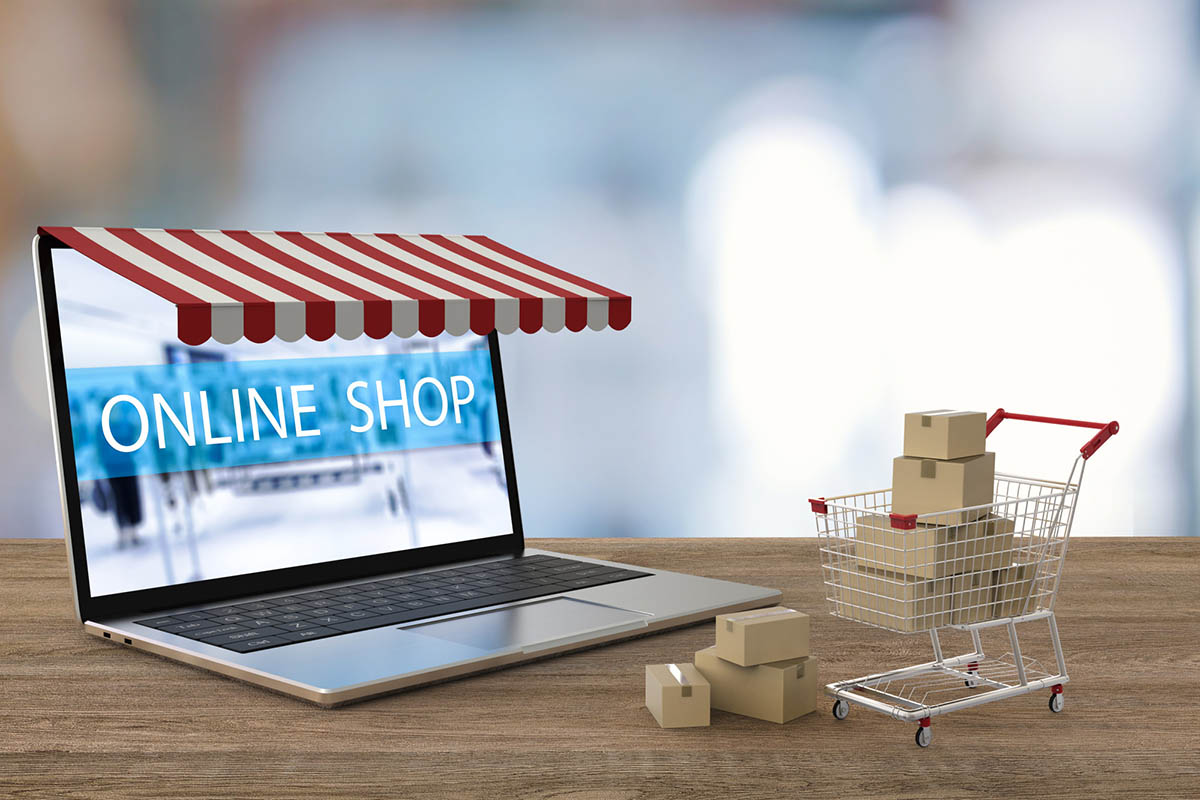Ecommerce Entrepreneur: A Simple Guide to Building Your Own Shop Online
Are you thinking about starting an e-commerce business? Read this article to learn more about building your own shop online.
It’s predicted that 95% of all purchases will be made via eCommerce by 2040.
This proves consumers are ditching brick-and-mortar shops and buying online. So if you’re a retailer, you must make the switch.
If you’re unsure about building your own shop, don’t fret. Here’s everything you need to know.
Find the Perfect Ecommerce Business Model
Before you build an online storefront, consider the various business models, and find the best one for your brand.
For instance, if you have a warehouse filled with product, then you’re taking a wholesale approach.
Or, if you’ve found the perfect product you want to sell under your brand, then consider white labeling and manufacturing.
The easiest way to make an online store that’s successful is using the dropshipping model.
This means you market and sells your products through a third-party supplier so you don’t have to physically store your stock.
Know Your Niche

Your online store must have a focus, otherwise, it’ll be harder to make a decent profit.
Look at similar companies so you know there’s a market but don’t pick an overly crowded one as you may be eclipsed by dominant brands.
If you’re having trouble, focus on what you want to do, your ideal target market, and product, so you arrive at a specific result.
Choose a product category with at least 1000 keywords and a niche that has affiliates on Amazon.
Affiliate marketing creates a passive income revenue stream, meaning you profit even if you don’t ship much product.
Find a Product to Sell
Once you have your niche, know what you want to sell direct-to-consumer.
But before you create an online store, outline your target audience so you know what products to sell.
Ask yourself:
- What is my brand?
- Who is my target audience?
- What does my store represent?
When you know your ideal customer and demographic, you can brainstorm product ideas.
Start by manufacturing and creating a single, perfect product instead of an entire collection.
Plus, this lets you continue to master the product while generating a customer-base.
Constantly evaluate the product so you can identify potential issues and craft customer service scripts to create a FAQ page.
Create a Brand

Decide what your brand’s purpose is, its values, and how you want to be conveyed.
Then you can create a strong brand identity by choosing a style that reflects your business’s focus.
Consider the colors, typeface, and logo for your brand so you create a winning first impression.
Remember to keep visual elements cohesive, from your website to print material, so you have a strong brand identity.
For instance, if you’re selling reusable water bottles, use earthy tones and photos of natural scenery to convey your mission.
Next, determine your brand name and sign up for the domain name so you can create a website.
If you’re stuck, see here for useful information on how to do this.
Your site’s name and the legal name don’t have to be identical but it’s less confusing for consumers if they’re the same.
Register Your Ecommerce Store
Even when you build an online store, you’ll need certain licenses and permits.
Research your city, county, and state to see which ones you need and get them approved before launching your store.
Consider signing up for a mentor network where established business owners can share their advice about the process.
You’ll then need an Employer Identification Number (EIN) so you can open a business bank account and file your taxes.
Create Your Online Store

You must find an eCommerce platform that aligns with your software and consider loading speed, features, and the size of your store.
For example, Wix is fantastic for small stores and comes with features like abandoned cart recovery emails and ShipStation which streamlines the selling process.
If you’re still stuck, ask yourself:
- Is it easy to add products and categorize them?
- Are these templates relevant to my store?
- How easy is it to make custom changes?
You must find a platform that offers everything your store needs so take time to consider your options.
Attract Customers to Your Site
The easiest way to attract consumers to your store is through search engine optimization (SEO).
Decide whether you want to use sponsored content, social media, or pay-per-click ads to further your reach.
A fantastic way to promote your product is through email marketing.
In fact, 46% of marketers consider email marketing an important lead generation tactic.
Aim to build an extensive mailing list by enticing customers with a freebie. Promote a free product on your site, exchange it for emails and you’ll gain subscribers.
You can now send them information about potential promotions, product launches, and offer coupons to generate a buzz and prove you’re credible.
Or send a sample of your product to an influencer in your industry in exchange for reviews.
This improves your SEO and lets you access a new audience too.
You should also start a blog where you can post valuable content once or twice a week.
Not only does this establish you as an industry expert but it strengthens your relationship with new and existing customers.
That’s Everything to Know About Building Your Own Shop
Now you know how to start building your own shop.
Find a niche, constantly improve your product, and create a strong brand identity through your visual content.
Register your eCommerce store, launch your site, and harness the power of digital marketing to attract new customers. Good luck!
Did you find this article helpful? If so, check out our posts on everything from Business and Travel.



















